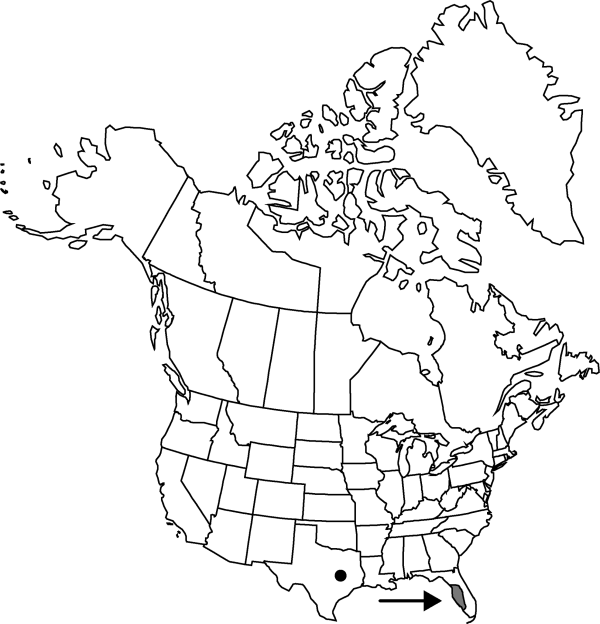Alternanthera ficoidea var. bettzickiana
in C. G. G. J. van Steenis, Fl. Males. Ser. 1, 4: 93. 1949.
Herbs, annual or perennial, often suffrutescent at base, 0.7–1 dm. Stems erect, ascending, prostrate, or decumbent, villous or gray-pubescent, glabrate. Leaves sessile; blade rhombic-ovate to rhombic-obovate, 1–6 × 0.7–2.2 cm, herbaceous, apex acuminate to acute. Inflorescences axillary, sessile; heads stramineous to white, globose, ovoid, or short cylindric, 0.5–1.2 × 0.5–6 cm; bracts less than 1/2 as long as tepals. Flowers: tepals monomorphic, whitish to stramineous, lanceolate, oblong, or ovate-oblong, 2.2–2.5 mm, margins chartaceous, apex acute to acuminate, mucronate, pilose or hispid; stamens 5; anthers 5, oblong; pseudo-staminodes lanceolate, equaling or exceeding filaments, margins fimbriate. Utricles included within tepals, stramineous, ovoid to subglobose, 1.8–2 mm, apex acuminate. Seeds 1 mm.
Phenology: Flowering late winter.
Habitat: Waste places
Elevation: 0-10 m
Distribution

Introduced; Fla., Tex., South America (Brazil), widely cultivated throughout the tropics.
Discussion
Because of its varicolored foliage, var. bettzichiana is widely cultivated. Unconfirmed reports of its spread from cultivation include California and Maryland. Variety flavogrisea (hairy joyweed), similar to var. bettzichiana but green throughout and with oblong, ovate, elliptic, or oval leaves, has been reported from Texas, but no specimens have been seen.
Selected References
None.